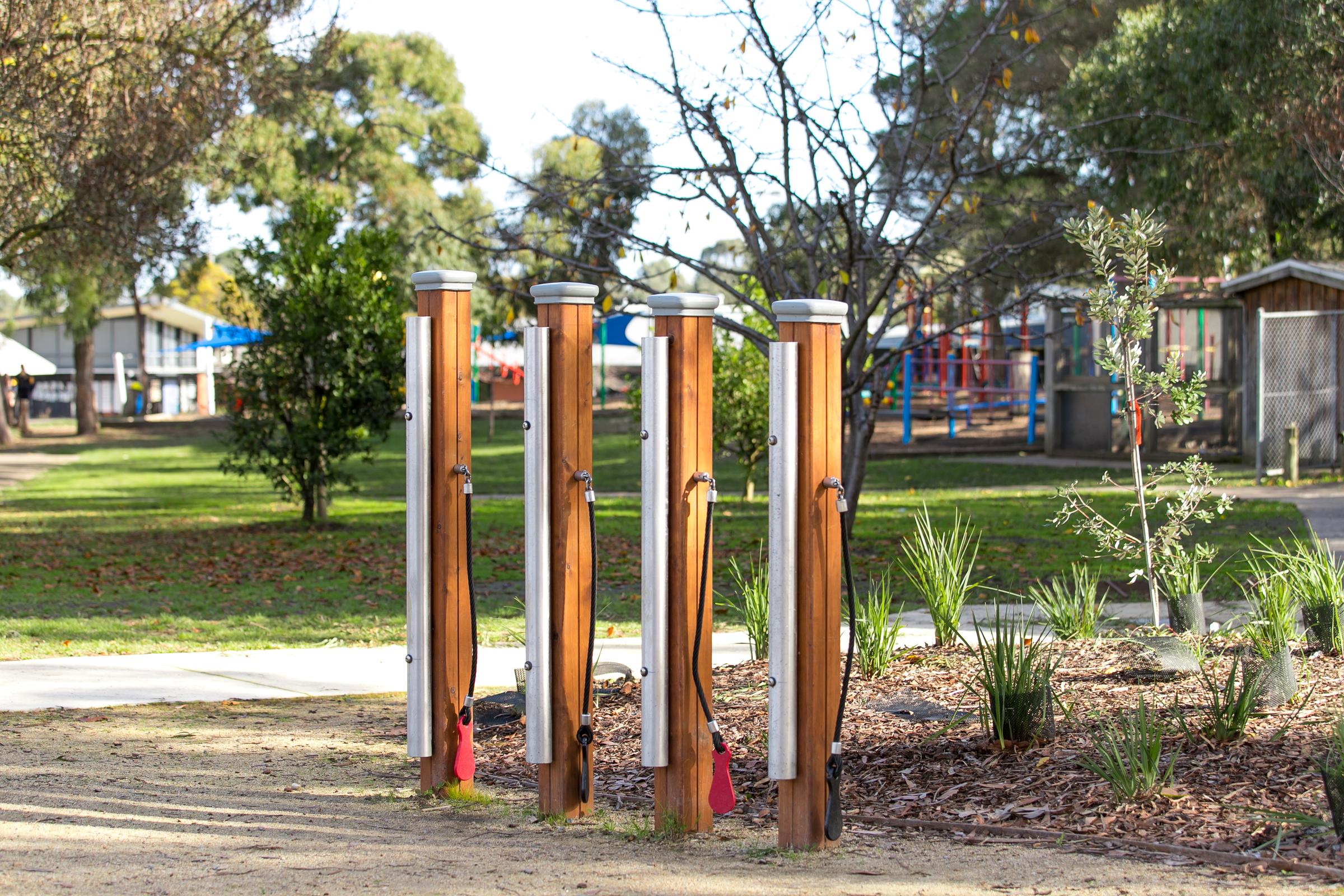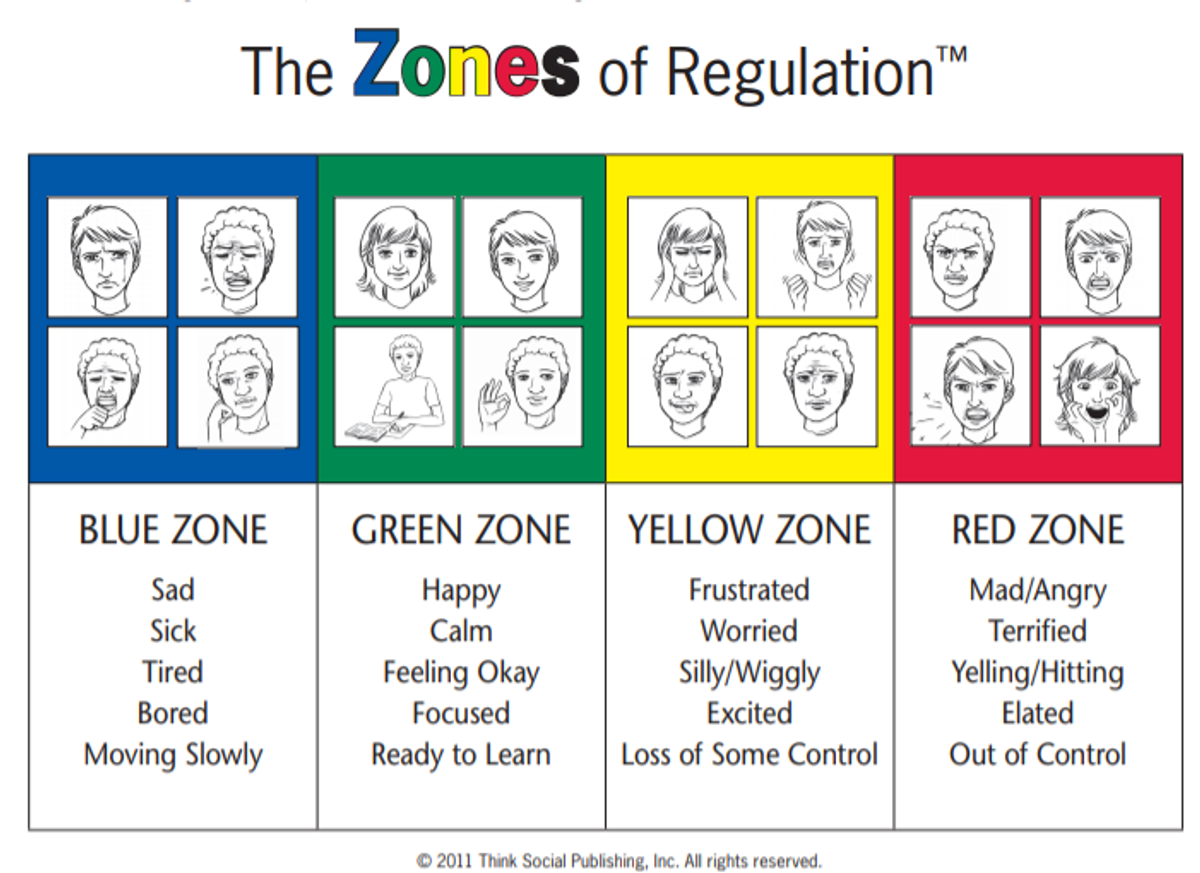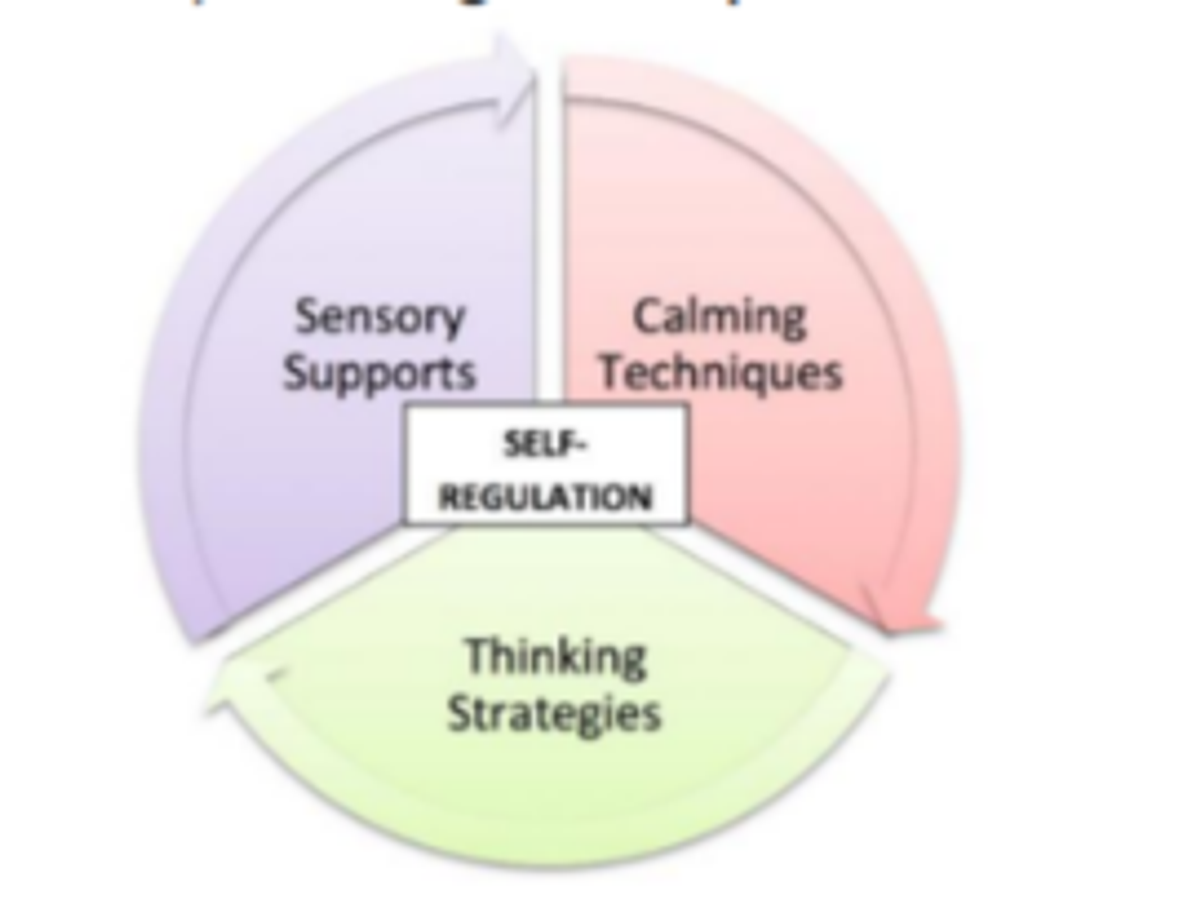Wellbeing and Engagement

The Zones of Regulation
Life is 10% what happens to us and 90% how we react to it - Charles Sindoll.
This term Years F-2 will be participating in explicit lessons about The Zones of Regulation.
What is The Zones of Regulation?
The Zones of Regulation is a curriculum full of a range of activities to help your child develop skills in the area of self-regulation. Self-regulation can go by many names, such as self-control, self-management and impulse control. It is defined as the best state of alertness of both the body and emotions for the specific situation. For example, when your child plays in a basketball game, it is beneficial to have a higher state of alertness. However, that same state would not be appropriate in the library.
Some of the aims of The Zones of Regulation:
· To help children recognise when they are in the different Zones and how to change or stay in the Zone they are in
· To gain an increased vocabulary of emotional terms so that they can explain how they are feeling
· To gain insight into events that might make them move into the different Zones e.g. disagreement with a friend, a certain subject being taught or a fire drill
· To help children understand that emotions, sensory experiences, physiological needs (e.g. hunger/lack of sleep) and environments can influence which Zone they are in
· To develop problem-solving skills
· To identify a range of different calming and alerting strategies/tools that support them. Tools identified may be personalised sensory supports (e.g. use of putty at key times), calming techniques or thinking strategies
The Zones can be likened to traffic lights:
Green: you are ‘good to go!’
Yellow: slow down or take warning
Red: stop and regain control
Blue: rest area where you pull over when you’re tired and need to recharge.
Who is The Zones of Regulation for?
We need to teach ALL of our children good coping and regulation strategies so that they can help themselves when they experience emotions such as anxiety or stress. Teaching children these tools at a young age will support them in later life.
How will my child learn about the Zones?
The Zones of Regulation programme is advocated internationally. Our school is introducing the programme across the school as part of the Wellbeing curriculum. Whilst it will be introduced in explicit teaching sessions, the Zones language will be used as part of daily school life. Some children prefer not to use the ‘Zones language’ but label the emotions directly – this is fine and encouraged!
How can you help your child use The Zones of Regulation?
· Identify your own feelings using Zones language in front of your child (e.g. “I’m frustrated, I think I am in the Yellow Zone.”)
· Talk about what tool you will use to be in the appropriate Zone (e.g. “I need to take 4 deep breaths to help get me back to the Green Zone.”)
· At times, wonder which Zone your child is in. Or, discuss which Zone a character in a film/book might be in (e.g. “You look sleepy, are you in the Blue Zone?)
· Engaging your child in discussion around Zones when they are in the Red Zone is unlikely to be effective. You need to be discussing the different Zones and tools they can use when they are more regulated/calm.
· Teach your child which tools they can use (e.g. “It’s time for bed, let’s read a book together in the rocking chair to get to the Blue Zone”).
· Share how their behaviour is affecting your Zone. For example, if they are in the Green Zone you could comment that their behaviour is also helping you feel happy/go into the Green Zone.
· Put up and reference the Zones visuals and tools in your home.
· Praise/encourage your child to share which Zone they might be in. It is important to note that everyone experiences all of the Zones – the Red and Yellow Zones are not the ‘bad’ or ‘naughty’ Zones. All of the Zones are expected at one time or another.
How do I learn more about The Zones of Regulation?



